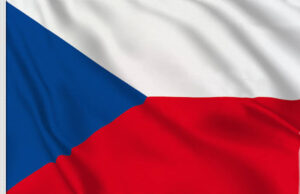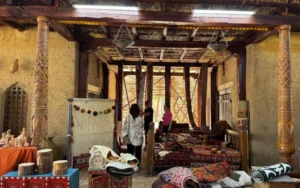World Bank Report Highlights Kazakhstan’s Remarkable Economic Growth

Astana, The Gulf Observer: A recent report by the World Bank underscores Kazakhstan’s remarkable progress in economic growth and poverty reduction over the past two decades, while highlighting persistent challenges such as regional disparities and heavy reliance on commodity exports.
Economic Growth and Poverty Reduction
Between 2006 and 2021, Kazakhstan achieved an impressive annual economic growth rate of 4.7%, with GDP per capita rising from 548,912 tenge to 791,285 tenge. Household consumption also saw a substantial increase, growing from 279,891 tenge to 500,529 tenge per capita.
The country transitioned from lower-middle-income to upper-middle-income status, lifting 5.9 million people out of poverty during this period.
Phases of Poverty Reduction
The report identifies three distinct phases in Kazakhstan’s poverty reduction journey:
- Rapid Decline (2006–2013):
The poverty rate fell from 49.5% to 11.1%, driven by economic expansion and improved living standards. - Reversal (2014–2016):
A downturn in commodity prices and economic slowdown caused poverty to spike to 20.2%, representing an 82% increase. - Gradual Decrease (2016–2021):
Stabilization efforts led to a steady decline in poverty, reaching 8.5% by 2021.
Drivers of Progress
Key factors contributing to poverty reduction included:
- Higher labor incomes
- Expanded government transfers
- Increased pensions
Rural areas experienced significant progress, with poverty rates dropping from 60.4% to 11.4%.
Persistent Challenges and Regional Disparities
Despite overall progress, challenges remain:
- Turkistan region saw an increase in poverty, with the poor population rising from 14.4% to 24%.
- The middle class, though expanded to 67% of the population, has stagnated in growth since 2013 due to slow productivity and dependency on commodity exports.
- Income inequality, while low compared to other upper-middle-income countries, has slightly increased since 2016.
Shifts in Poverty Demographics
The report reveals significant changes in the demographic profile of poverty:
- Poor individuals are now more likely to be younger, less educated, and from larger families.
- Child poverty rates dropped significantly from 62% to 13%, yet children now represent 40% of the poor population, up from 27%.
- Poverty among households with three or more children fell from 82% to 19%, but these households now constitute 44% of the poor population.
Path Forward
The World Bank emphasizes the need for Kazakhstan to address regional inequalities, reduce reliance on commodities, and enhance productivity to sustain progress and promote equitable growth. Targeted policies to support vulnerable groups, including children and large families, will be crucial for the nation’s continued development.


